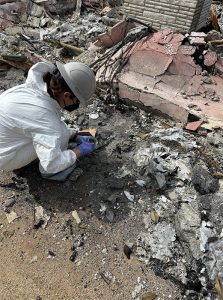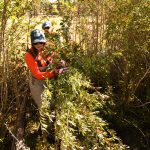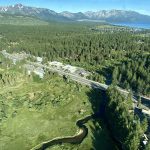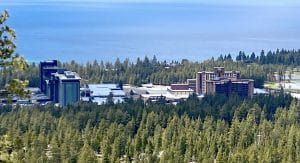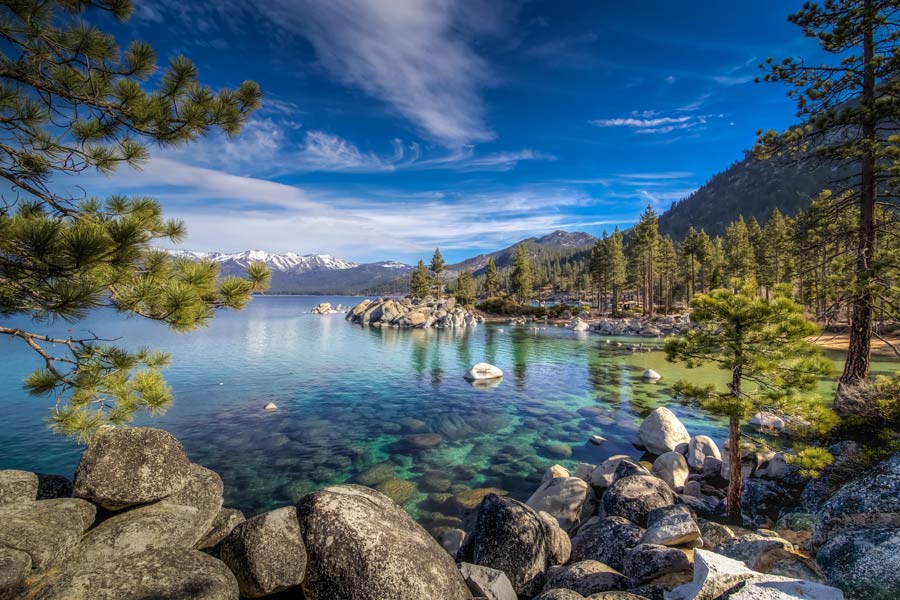DRI Researchers receive NSF funding to investigate soil after wildfires
RENO, Nev. – A significant knowledge gap exists in understanding the post-fire soil chemical processes that lead to soil water repellency and, consequently, increase the risk of post-fire hazards such as floods and landslides. To help address this, DRI Associate Research Professor Vera Samburova and Postdoctoral Researcher Yan Wen were recently awarded a National Science Foundation grant to study the chemistry of post-fire soil water repellency. The research will address this knowledge gap by identifying the dominant organic chemical compounds and functional groups that cause post-fire soil water repellency. The three-year project began this month.
“We know that after fires, soil becomes very water-repellent (or hydrophobic),” said PI Samburova. “We often see the news reports of mudslides or debris flows after rain especially in areas with recent fire scars. When soil is exposed to high temperatures, certain compounds can create a repellent layer that prevents water from soaking in. In this research, we will study the chemistry of the post-fire soils and identify which compounds contribute to the formation of this water repellency. Our findings will help predict and reduce the harmful impacts of wildfires.”
Pre- and post-wildfire soil samples will be collected from different ecosystem areas (sagebrush, pine forest, etc.), and compared with a unique set of samples collected by Dr. Samburova after the recent wildland-urban interface fires in Los Angeles.
“Through this research, we will provide fundamental data on the chemical composition of post-fire soils with a focus on soil water repellency and reflectance,” said co-PI Wen. “The experiments and analytical techniques will provide transformative insights into post-fire soil chemistry and its implications for post-fire soil assessments, which directly relate to mitigation efforts for floods and landslides.”
The research findings will help to predict, model, and mitigate fire impacts on communities and the environment in Nevada, neighboring states, and the western U.S.
“We look forward to sharing the results of this project with local and regional land- and fire- management agencies and other stakeholders, as well as with users of remote sensing techniques for post-fire soil assessments,” said Samburova

Support Local Journalism

Support Local Journalism
Readers around the Lake Tahoe Basin and beyond make the Tahoe Tribune's work possible. Your financial contribution supports our efforts to deliver quality, locally relevant journalism.
Now more than ever, your support is critical to help us keep our community informed about the evolving coronavirus pandemic and the impact it is having locally. Every contribution, however large or small, will make a difference.
Your donation will help us continue to cover COVID-19 and our other vital local news.

